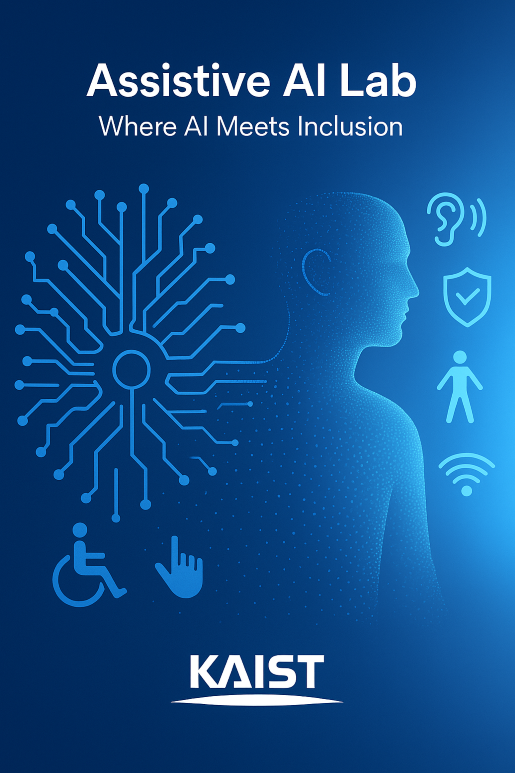-
Internet of Things Technology for Rehabilitation Engineering and Assistive Technology: Potentials and Challenges
•
As one of the most influential technologies to improve and make changes in our daily living, Internet of Things (IoT) technology has drastically developed and extensively gained in popularity, as time goes by. Undoubtedly, a successful application of the IoT technology to rehabilitation engineering domains enables people who have special needs not only to…
-
ARoMA-V 2: Assistive Robotic Manipulation Assistance with Computer Vision and Voice Recognition
•
We have designed and developed a handy alternative control method, called ARoMA-V2 (Assistive Robotic Manipulation Assistance with computer Vision and Voice recognition), for controlling assistive robotic manipulators based on computer vision and user voice recognition. Potential advantages of ARoMA-V2 over the traditional alternatives include: providing completely hands-free operation; helping a user to maintain a…
-
Voice-Controlled Vision-based Semi-Autonomous Assistive Robotic Manipulation Assistance
•
People with severe physical disabilities have found it difficult or impossible to independently use assistive robotic manipulators (ARM) due to their lack of access to the conventional control methods and the cognitive/physical workload associated with operating the ARMs. This study aims to develop and evaluate an alternative control method for ARMs that enables these…
-
Toward Developing a Framework for Standardizing the Functional Assessment and Performance Evaluation of Assistive Robotic Manipulators (ARMs)
•
The research and development of assistive robotic manipulators (ARMs) aims to enhance the upper-extremity daily functioning of individuals with disability. Resources continue to be invested, yet the field still lacks a standard framework to serve as a tool for the functional assessment and performance evaluation of ARMs. A review of the literature lends several…
-
Computer Access Technologies for Controlling Assistive Robotic Manipulators: Potentials and Challenges
•
One of the most challenging barriers to a successful application of the assistive robots is how to enable users who have special needs to interact with the robot aids in an efficient and comfortable manner, since the conventional control method using a traditional joystick combined with buttons and/or knobs demands fine motor control and…
-
Shared Control of Assistive Robotic Manipulators
•
The continuum of controlling an assistive robotic manipulator (ARM) ranges from manual control to full autonomy. Shared control of an ARM operates in the space between manual control and full autonomy. This paper reviews the status quo on shared control of ARMs. Though users and ARMs can divide responsibilities for a manipulation task in…
Welcome to Assistive AI Lab Where AI Meets Inclusion
At Assistive AI Lab, we are dedicated to developing cutting-edge artificial intelligence technologies to enhance accessibility and empower individuals with diverse needs. Our interdisciplinary team passionately pursues innovative research and practical solutions, bridging the gap between advanced AI techniques and inclusive, real-world applications.
Our mission is to ensure that artificial intelligence benefits everyone, particularly those traditionally underserved by technology. By focusing on accessibility, usability, and human-centered design, our lab creates transformative tools and systems that facilitate greater independence, inclusion, and quality of life.
We specialize in:
- Assistive Technology Development: Creating intelligent solutions that improve daily living, communication, and mobility.
- Inclusive AI Systems: Ensuring AI applications are designed to be universally accessible and beneficial.
- Human-Centered Innovation: Collaborating closely with users and communities to develop meaningful, impactful technologies.
Join us in shaping a future where artificial intelligence genuinely meets the needs of all individuals, fostering a society that is truly inclusive and accessible.

